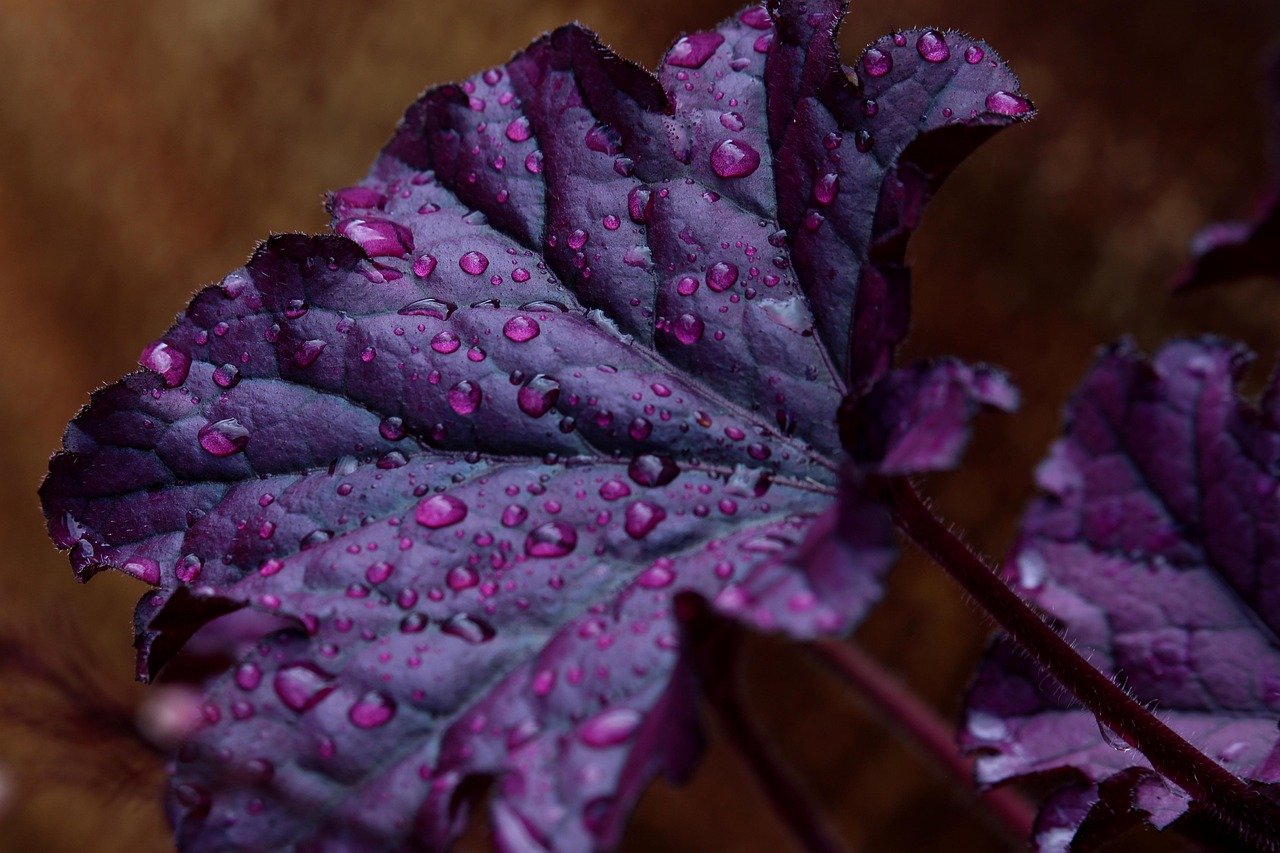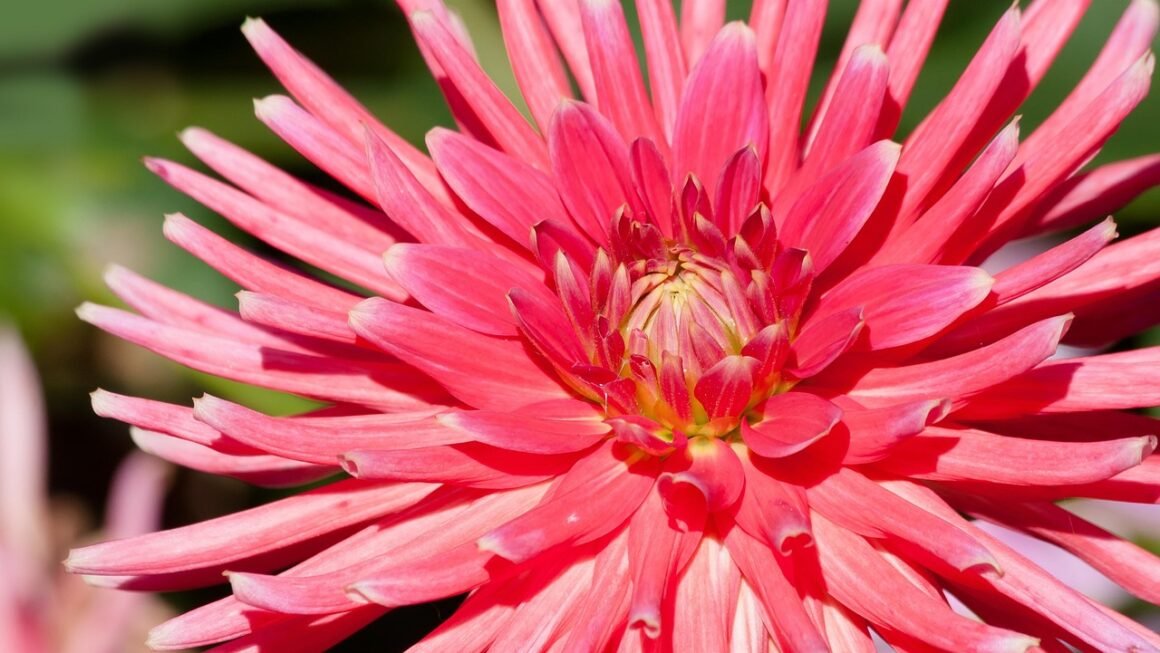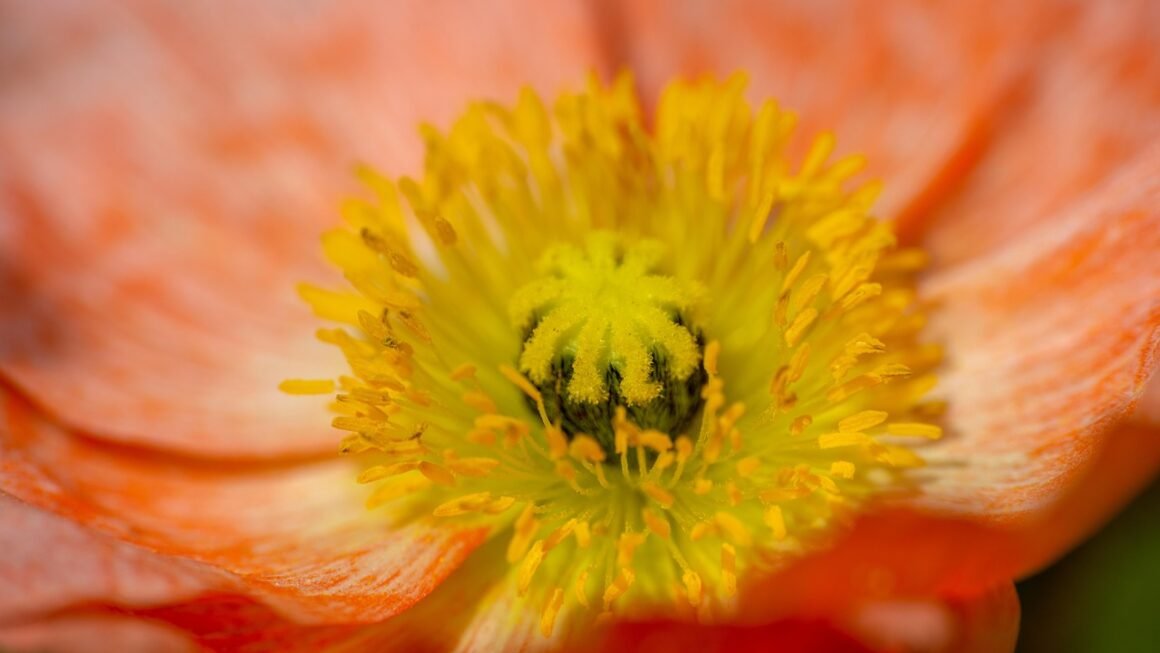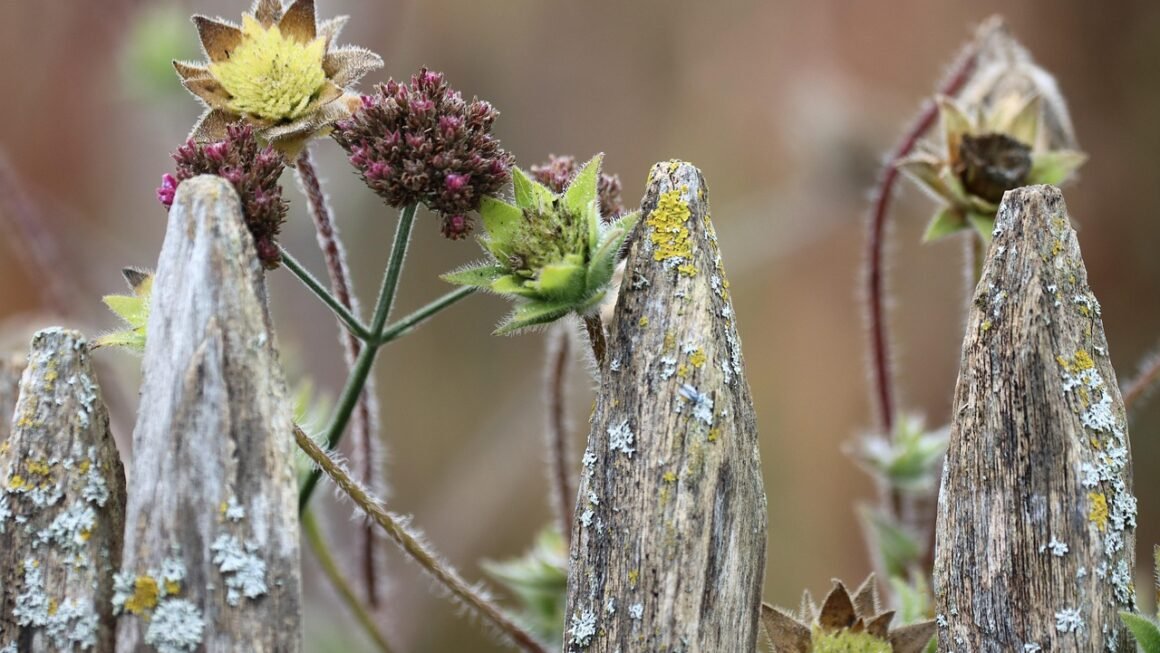Imagine a garden where every plant thrives, getting precisely the water it needs, exactly when it needs it. That’s the promise of a drip irrigation kit – a water-wise solution for homeowners and gardeners looking to maximize their yields and minimize their water bills. Drip irrigation delivers water directly to the root zone of plants, reducing water waste, minimizing weed growth, and promoting healthier, more robust growth. Let’s dive into the world of drip kits and discover how they can transform your garden.
What is a Drip Irrigation Kit?
Components of a Typical Drip Kit
A drip irrigation kit is a pre-packaged set of components designed to deliver water directly to the base of plants. These kits generally include:
- Water Source Connector: This connects the kit to your water spigot or hose.
- Backflow Preventer: Prevents water from flowing back into your water supply, keeping it clean.
- Pressure Regulator: Reduces the water pressure to a level suitable for the drip system, usually around 25-30 PSI.
- Filter: Removes debris and sediment from the water, preventing clogs in the drip emitters.
- Mainline Tubing: This is the primary tubing that carries water throughout the system. Typically ½ inch in diameter.
- Drip Emitters: These small devices release water slowly and steadily at the plant’s root zone. They come in various flow rates (e.g., 0.5, 1, or 2 gallons per hour).
- Lateral Tubing (Optional): Smaller tubing used to branch off the mainline to reach individual plants. Often ¼ inch in diameter.
- Connectors and Fittings: Used to join tubing sections, make turns, and connect emitters. Examples include tees, elbows, and couplings.
- Stakes or Anchors: Used to secure the tubing to the ground and prevent it from moving.
- Hole Punch: Used to create holes in the mainline tubing for inserting emitters.
Why Choose a Drip Kit Over Traditional Watering?
Drip irrigation offers several significant advantages over traditional watering methods like sprinklers or hand-watering:
- Water Conservation: Drip irrigation delivers water directly to the plant’s roots, minimizing water loss through evaporation and runoff. Studies show drip irrigation can save up to 60% of water compared to traditional methods.
- Reduced Weed Growth: By keeping the soil surface dry, drip irrigation inhibits weed seed germination.
- Healthier Plants: Consistent and precise watering reduces plant stress, promoting healthier growth and increased yields.
- Disease Prevention: Drip irrigation helps prevent fungal diseases by keeping foliage dry.
- Time Savings: Automate your watering schedule and save time and effort.
- Fertigation Capabilities: Some drip systems allow you to deliver fertilizer directly to the roots along with water, maximizing nutrient uptake.
Types of Drip Irrigation Kits
Garden Bed Kits
These kits are designed for rectangular garden beds and usually include mainline tubing, drip emitters, and connectors suitable for row crops or dense plantings.
- Example: A kit designed for a 4×8 foot garden bed, with emitters spaced every 12 inches, delivering 0.5 gallons per hour.
Container Garden Kits
Perfect for potted plants on patios, balconies, or decks. These kits often use smaller diameter tubing and adjustable drip emitters for individual container control.
- Example: A kit for 20 container plants, featuring individual adjustable drip emitters with flow rates ranging from 0 to 10 gallons per hour.
Tree and Shrub Kits
These kits typically include larger emitters or bubblers designed to deliver a higher volume of water to established trees and shrubs.
- Example: A kit with bubblers delivering 2 gallons per hour, suitable for newly planted trees.
Soaker Hose Kits
While technically not “drip” emitters, soaker hoses provide a similar function. Water slowly seeps through the porous walls of the hose directly into the soil.
- Example: Using a soaker hose along a hedge to provide consistent and deep watering.
Installing Your Drip Irrigation Kit: A Step-by-Step Guide
Planning Your Layout
Before you start, plan your drip irrigation system layout:
- Sketch a Diagram: Draw a rough sketch of your garden or planting area.
- Determine Water Source: Identify your water spigot and its distance from the garden.
- Emitter Placement: Decide where each emitter will be located, considering the water needs of each plant. Generally, place emitters within the root zone of the plants.
- Measure Tubing Lengths: Estimate the lengths of mainline and lateral tubing required.
Installation Process
Tips for a Successful Installation
- Flush the System: Before installing emitters, flush the mainline tubing with water to remove any debris.
- Use a Pressure Regulator: A pressure regulator is essential to prevent damage to the drip emitters and ensure consistent water flow.
- Consider Automating: Add a timer to automate your watering schedule.
- Monitor Water Usage: Observe your plants and adjust watering schedules as needed.
Maintaining Your Drip Irrigation System
Preventing Clogs
Clogging is a common problem with drip irrigation systems. Here’s how to prevent it:
- Use a Filter: A filter is essential to remove sediment and debris from the water.
- Flush the System Regularly: Periodically flush the mainline tubing to remove any accumulated debris.
- Clean Emitters: If emitters become clogged, soak them in vinegar or a commercial emitter cleaner.
Winterizing Your System
If you live in an area with freezing temperatures, you need to winterize your drip irrigation system:
- Turn Off the Water: Shut off the water supply to the system.
- Disconnect Components: Disconnect the backflow preventer, pressure regulator, and filter, and store them indoors.
- Drain the Tubing: Open the ends of the tubing to allow water to drain out. You can also use compressed air to blow out any remaining water.
- Store Components: Store the tubing and emitters in a protected location.
Troubleshooting Common Problems
- Low Water Pressure: Check the pressure regulator and filter for clogs.
- Uneven Water Distribution: Adjust emitter flow rates or replace clogged emitters.
- Leaks: Tighten connectors or replace damaged tubing.
Conclusion
Drip irrigation kits offer a convenient and efficient way to water your garden while conserving water and promoting healthier plant growth. By understanding the different types of kits available, following proper installation techniques, and implementing regular maintenance practices, you can enjoy a thriving garden with minimal effort. Embrace the benefits of drip irrigation and transform your garden into a water-wise paradise.




